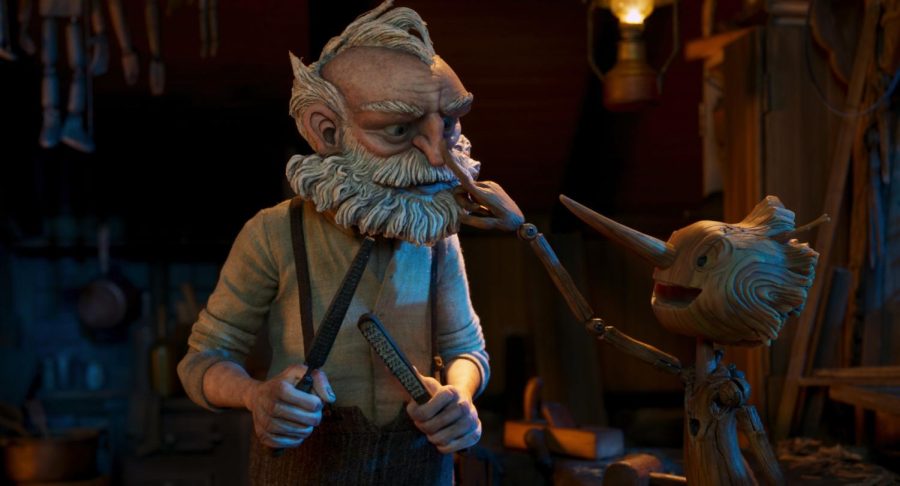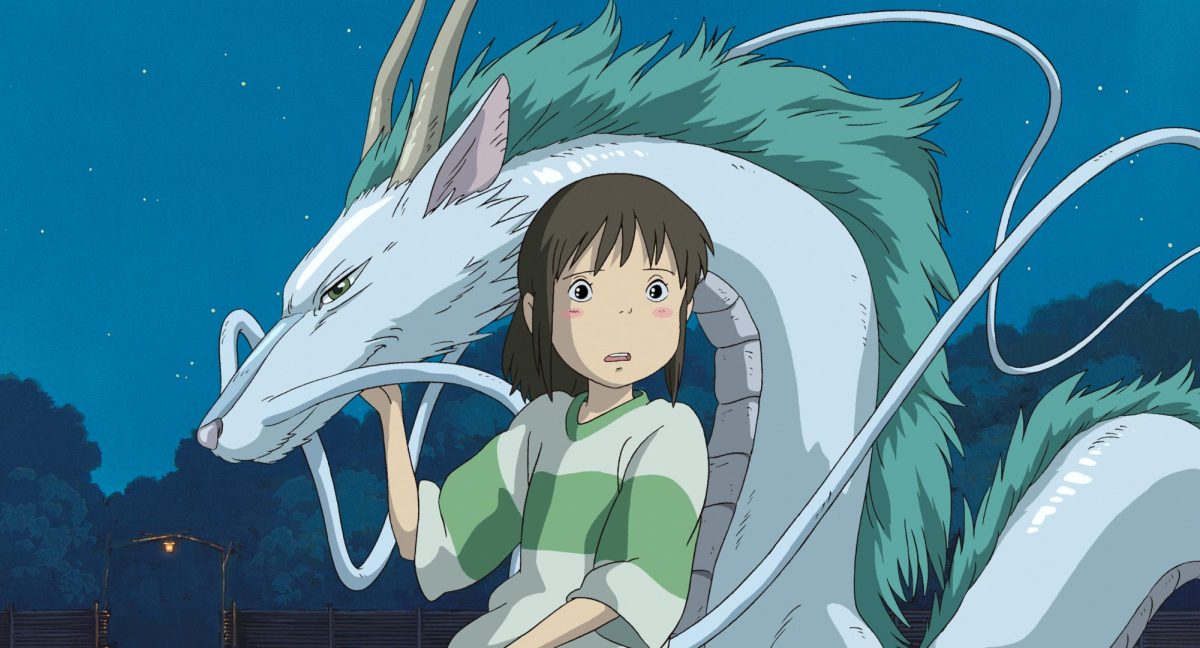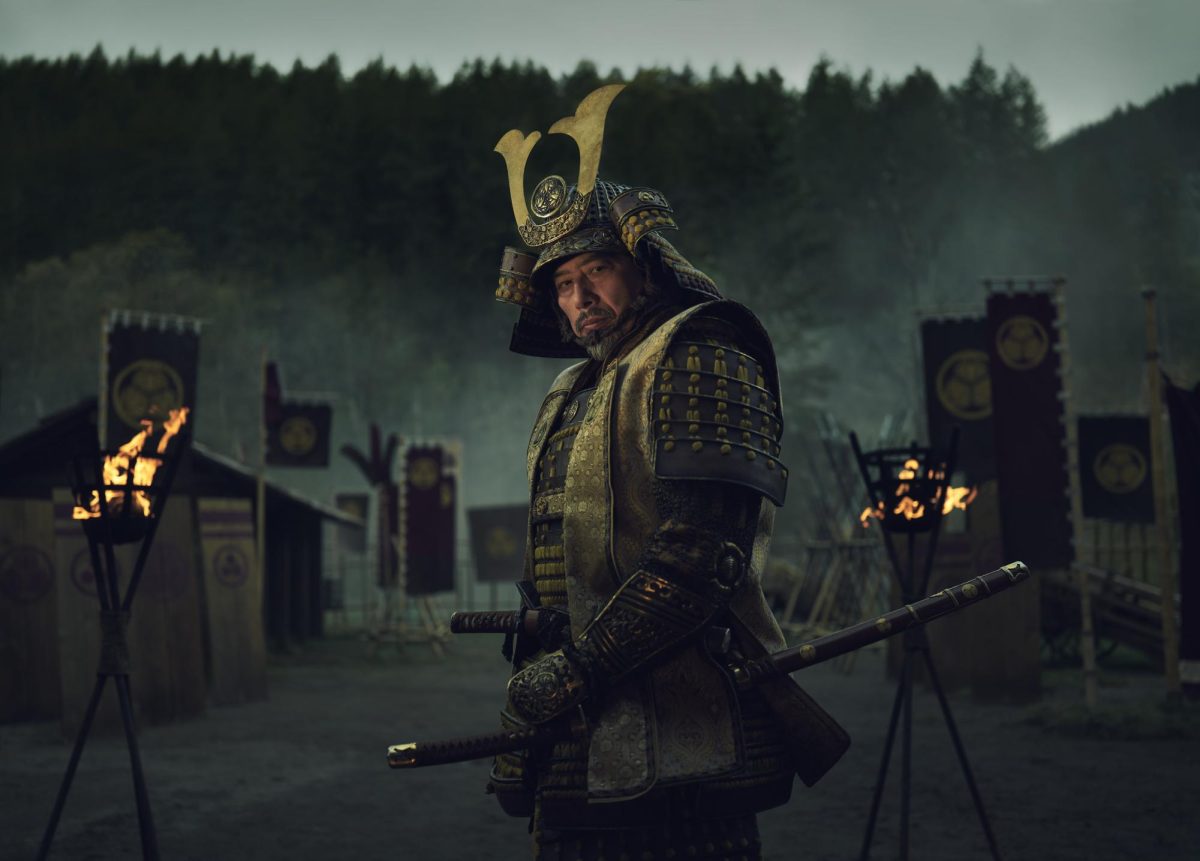Guillermo del Toro’s ‘Pinocchio’: Death and Fascism in Darkly Fantastical Adaption
January 16, 2023
There’s a certain exhaustion that is felt when anyone hears that yet another Pinocchio adaption is being released. With countless mediocre or just plain bad adaptations that have been released in the past, my ears were raised when I heard that Guillermo del Toro was developing a darker and more accurate version of the original story into a stop-motion film. Years later now, in what seems to be a resurgence of stop-motion animation, del Toro’s vision for the young wooden boy has been released and it’s everything I could imagine and more. The film breathes fresh air into this otherwise deflated story with del Toro’s own twist and dark fairytale flair.
A Fantastical Fairytale in Fascist-Era Italy
Co-directed by del Toro and Mark Gustafson, who famously worked on animation for “Fantastic Mr. Fox,” this version of Pinocchio makes a few large swings in terms of reinventing the story we already know. One such change works particularly well. By placing this familiar story in the world of Mussolini’s fascist regime, del Toro explores the tension between the oppressed and the subjugated in fascist society with tender care. It seems he has a knack for exploring stories set in totalitarian regimes, as he expertly balances the childlike playfulness of our main character, Pinocchio (Gregory Mann), with the dark force of fascist leader, Podesta (Ron Perlman).
At one point, Pinocchio asks this fascist leader “who controls him” — that’s when I fell in love with this adaptation the most. To take such dark yet relevant themes such as fascism and death and place them in a children’s fairytale film is genius and so fantastically done.
Death As An Inevitable Gift
Death and its inevitability also plays an important theme in the film’s emotional arc. In this version, Pinocchio never actually dies, it just takes him a little bit longer to come back to life every time he dies or is killed. In each instance he is greeted by a woman-faced lion death spirit with wings (Tilda Swinton) who teaches him about the importance of death, for life wouldn’t have meaning without it. This all comes to a head at the climax of the film when he “becomes a real boy,” the details of which I will not spoil. del Toro teaches young and old folks alike that death isn’t anything to be fearful of, it’s but a gift that everyone will receive eventually.
A Mythologic Spin On a Well-Known Tale
There are so many other things about this film are delightful. I still haven’t spoken about the dashing and swoonworthy Cricket, voiced by Ewan McGregor, or the fact that Cate Blanchett mostly grunts as a carnival monkey named Spazzatura.
Sure, the film seems a bit overly long and you feel the exhaustion of the sheer spectacle of the story in the third act, but by the end, I was in tears. To balance such dark themes with the beauty of existence is truly a feat no other adaptation of this story comes close to. del Toro’s “Pinocchio” is the best version of this classic story and stands out from the rest of other overdone adaptations from past decades. This alone, along with its beautiful and painstaking animation, is worth celebrating.







